When you’ve wandered the grand halls of Topkapı Palace, marveled at the mosaics of Hagia Sophia, and spent hours lost in the labyrinthine stalls of the Grand Bazaar, you know what it means to be surrounded by history. But if you’re someone in Istanbul who’s ever paused mid-sip of çay and wondered what else is out there - beyond the Bosphorus, beyond the minarets - then it’s time to think about American museums. Not just any museums. The ones that don’t just hold artifacts, but tell stories that echo across oceans.
Why American Museums Resonate with Istanbulites
Istanbul has always been a crossroads. A city where Byzantine, Ottoman, and modern Turkish identities layer like tiles in a İznik mosaic. That’s why you’ll find something deeply familiar in the Smithsonian’s National Museum of American History. It doesn’t just display a 19th-century steam engine or a pair of Elvis’s shoes - it shows how ordinary people shaped a nation. Just like you see in the Rumeli Hisarı ruins or the restored Ottoman bathhouses - history isn’t just about emperors and sultans. It’s about the baker who fed soldiers, the seamstress who stitched uniforms, the immigrant who opened a shop in a new city.
Many Istanbul residents who’ve traveled to the U.S. say the same thing: the museums feel personal. Not sterile. Not distant. They feel like the way you talk about your grandmother’s recipe for baklava - passed down, imperfect, alive.
The Metropolitan Museum of Art - Where East Meets West
If you’ve ever stood in front of the giant Ottoman carpets in the Istanbul Archaeology Museums, you’ll understand why The Met in New York is a must. Its Islamic Art wing isn’t just a collection of tiles and manuscripts - it’s a direct conversation with the art you see daily in Istanbul’s mosques and palaces. The same geometric patterns, the same deep cobalt blues, the same gold leaf detailing. You’ll find a 16th-century Turkish prayer rug here that could’ve been woven in Konya. A Mughal miniature that looks like it was painted by the same hand that decorated the walls of the Blue Mosque.
Pro tip: Visit on a Thursday evening. The crowds thin, the lights soften, and you can sit quietly in front of the Persian carpets without the noise of tour groups. Bring a notebook. You’ll want to sketch the arabesques.
Smithsonian National Museum of Natural History - Science That Feels Like Home
Back in Istanbul, you know the weight of history in every stone of the Dolmabahçe Palace. But what if you could see the same kind of deep time - not in architecture, but in the bones of ancient creatures? The Smithsonian’s Hall of Fossils in Washington, D.C., is one of the most complete dinosaur collections in the world. A 40-foot T. rex stands just feet from a woolly mammoth. It’s not just impressive - it’s humbling.
There’s a section on Native American cultures that might surprise you. The tools, the beadwork, the storytelling traditions - they mirror the way your own ancestors passed down knowledge without writing. You’ll see a Navajo weaving that uses the same indigo dye techniques as those in the Black Sea region. It’s not coincidence. It’s human.
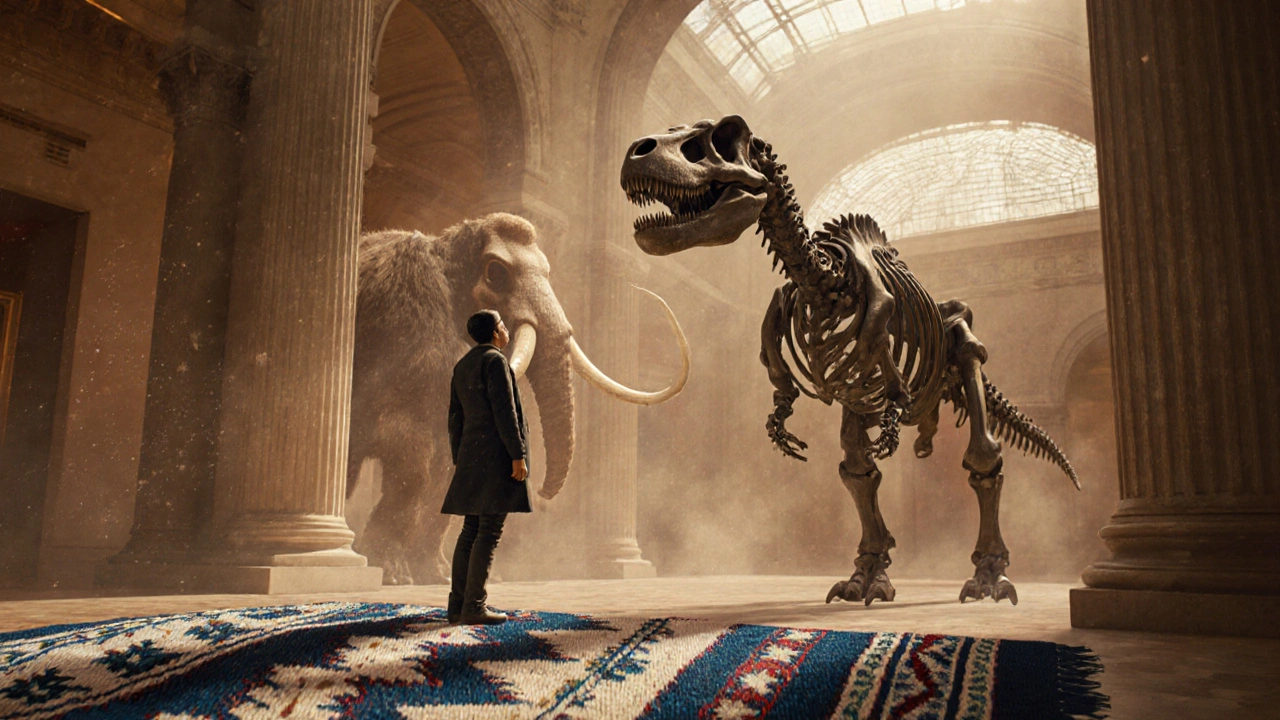
Art Institute of Chicago - The Quiet Power of Color
If you’ve ever stood on the Galata Bridge at sunset, watching the light turn the Bosphorus into liquid gold, you understand color as emotion. The Art Institute of Chicago holds one of the most powerful collections of Impressionist art in the world - Monet’s water lilies, Seurat’s pointillist harbor scenes, Van Gogh’s starry nights. These aren’t just paintings. They’re moods.
What’s remarkable is how these artists captured fleeting moments - the same way you capture the smell of simit from a street vendor at dawn, or the sound of the call to prayer echoing over the Golden Horn. There’s a quiet rhythm here that Istanbul residents recognize. It’s not loud. It’s felt.
Los Angeles County Museum of Art - When Tradition Meets Tomorrow
L.A.’s LACMA is where you’ll find the most unexpected connections. One wing holds ancient Mesoamerican stone carvings. The next, a giant chandelier by James Turrell that changes color with the time of day. It’s the kind of place that feels like Istanbul’s own blend of old and new - a 15th-century Ottoman manuscript displayed beside a digital art installation made by a Turkish artist living in Brooklyn.
Check out the Iranian ceramics section. You’ll see bowls that look like they could’ve been bought from the same vendor in Kadıköy’s Kuruçeşme market. The glazes, the shapes, the imperfections - they’re the same. Art doesn’t need borders.
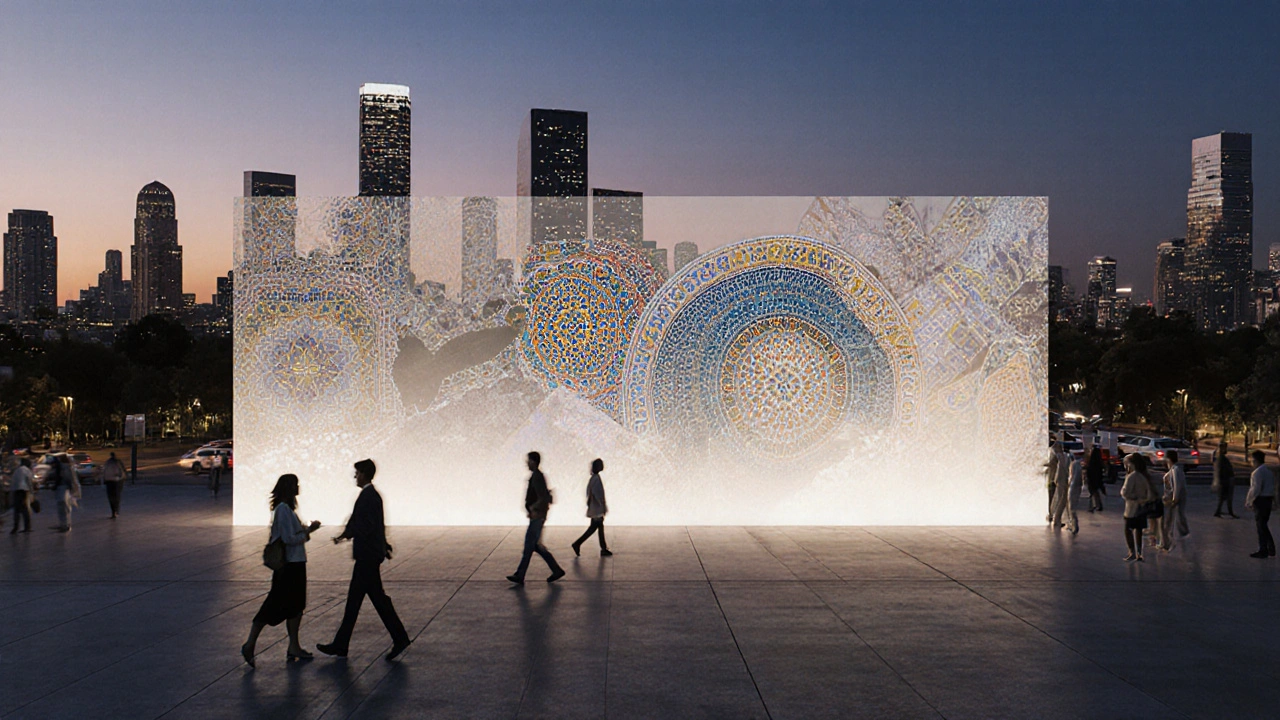
Philadelphia Museum of Art - Where Stories Are Built
Most people know this museum for the Rocky Steps. But if you’ve ever climbed the stairs of the Galata Tower at dusk, you know what it means to climb for a view. The Philadelphia Museum holds one of the most comprehensive collections of American decorative arts - furniture, textiles, silverware. Each piece tells a story of craftsmanship, of hands that shaped wood and thread with patience.
There’s a 1780s American walnut chest here with inlay work that mirrors the marquetry you see in Ottoman furniture. The same attention to detail. The same refusal to rush. You’ll leave wondering why we still value handmade things - and why, in a world of fast fashion and mass production, that matters more than ever.
How to Plan Your Trip from Istanbul
Flights from Istanbul to New York or Washington, D.C., are frequent. Turkish Airlines and Pegasus both offer direct routes. If you’re planning a museum-heavy trip, aim for spring (April-May) or fall (September-October). The weather’s mild, the crowds aren’t overwhelming, and museums often have special exhibitions tied to Turkish cultural heritage.
Many U.S. museums offer free admission or discounted rates for international visitors. The Met has a suggested donation - you can pay what you wish. The Smithsonian is always free. Bring your passport. Some museums ask for ID to verify eligibility for international discounts.
Don’t try to see everything. Pick three. One big (The Met), one focused (Smithsonian Natural History), and one unexpected (LACMA). Spend a full day in each. Sit. Look. Breathe. Let the art settle into you the way the scent of cardamom coffee settles after a long day.
What You’ll Take Back Home
You won’t come back with a suitcase full of souvenirs. You’ll come back with a different way of seeing. A new way of understanding your own history - not as something locked in glass, but as something alive, shifting, and shared.
That’s the gift these museums give. They don’t just preserve the past. They remind you that you’re part of a bigger story - one that stretches from the shores of the Bosphorus to the banks of the Hudson, from the minarets of Istanbul to the skylines of Chicago.
So next time you’re sipping your morning çay and wondering what’s next - consider this: the world’s greatest museums aren’t just destinations. They’re mirrors. And sometimes, the clearest reflection of who you are is found far from home.
Are American museums really worth visiting if I’ve already seen Istanbul’s top sites?
Yes - because they show you how other cultures preserve their past, and you’ll find surprising parallels. The Met’s Islamic art section has pieces that mirror Ottoman craftsmanship. The Smithsonian’s Native American exhibits echo the oral traditions still alive in Anatolia. You won’t just see new things - you’ll see your own heritage reflected in new ways.
Which U.S. museum is easiest to visit from Istanbul?
New York’s Metropolitan Museum of Art is the most accessible. Turkish Airlines flies direct from Istanbul to JFK in about 10 hours. The museum is a 20-minute taxi ride from the airport. Most Istanbul travelers already have experience navigating big cities, so Manhattan’s subway and museum layout will feel familiar.
Do any U.S. museums have special exhibits related to Turkish culture?
Yes. The Met regularly features rotating exhibitions on Ottoman art, and the Smithsonian’s Freer Gallery of Art in D.C. often includes Turkish ceramics and calligraphy. In 2024, the Los Angeles County Museum of Art hosted a show called "From Istanbul to LA: Textiles Across Continents," featuring Ottoman silk weavings alongside contemporary Turkish-American fiber art.
Can I use my Turkish credit card in U.S. museums?
Most U.S. museums accept international credit cards, including those issued in Turkey. But always carry a backup - some smaller gift shops or parking kiosks still require cash. ATMs are widely available near major museums, and most accept PLUS or Cirrus network cards linked to Turkish banks.
What’s the best time of year to visit these museums from Istanbul?
April to May and September to October are ideal. The weather is pleasant, flights are often cheaper, and museums aren’t packed with summer tourists. Spring also brings special exhibitions tied to Nowruz and Ottoman heritage, which may include Turkish-language audio guides or events hosted by Turkish cultural institutes in the U.S.


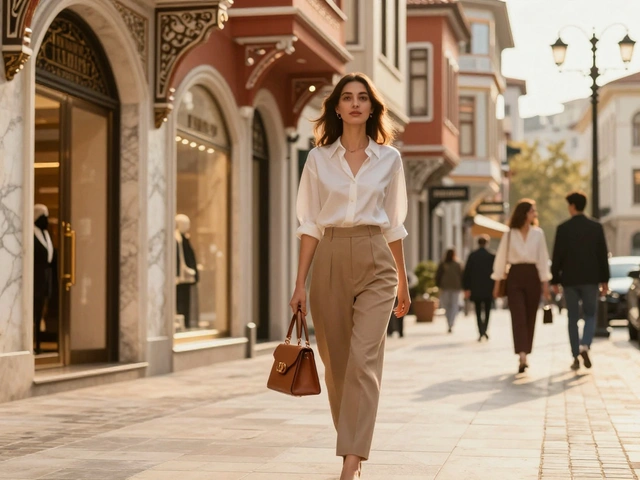

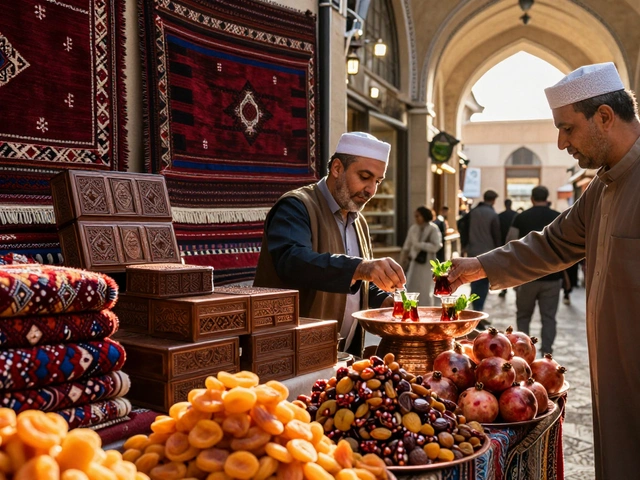



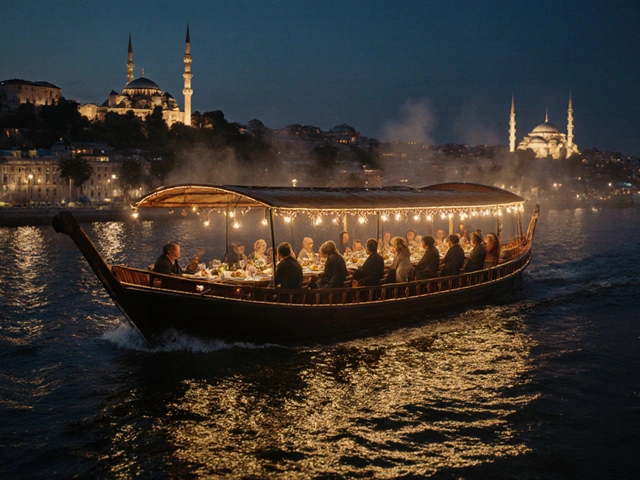



5 Comments
Bro, I took my cousin from Istanbul here last year and she cried in front of the Met’s Islamic wing 😭 She kept saying ‘This is like my grandfather’s prayer rug but bigger’ - and I was like, damn, we take this stuff for granted. You’re right - it’s not just art, it’s family. Bring a notebook. I did. Sketched three patterns and now my wall’s got Ottoman vibes. 🙌
Thank you for writing this with such kindness. It is truly beautiful to see how culture connects us across oceans. I hope every person from Istanbul reads this. You are not alone. The world holds your stories too. 🌍💛
Let’s be real - this post is basically a glorified Turkish Airlines ad with a side of cultural nostalgia. Don’t get me wrong, the Met’s collection is fire, but let’s not pretend the Smithsonian’s ‘Native American exhibit’ is some deep mirror to Anatolian oral traditions. It’s curated. Polished. Marketed. The real connection? You’ll find it in the dusty back rooms of flea markets in Queens, not in the glass cases with gold-plated plaques. Still… I’ll admit, I cried too when I saw that 16th-century prayer rug. Don’t tell anyone.
I’ve been to all five of these museums, and I’ll tell you something - the ones who really get it? The people who sit on the bench for 20 minutes and just breathe. Not the ones taking 50 selfies. Not the ones rushing to check off the list. The quiet ones. The ones who notice the crack in the glaze on that Turkish bowl. The ones who smell the old wood in that 1780s chest and think, ‘My grandmother’s hands worked like this.’ That’s the magic. You don’t need a tour guide. You just need to be still.
And yes - the call to prayer and Van Gogh’s stars? Same rhythm. Just different languages.
Just went to the Met last month. Saw the Ottoman rug. Sat down. Didn’t move for an hour. Didn’t need to say anything. Felt like home. Simple as that.